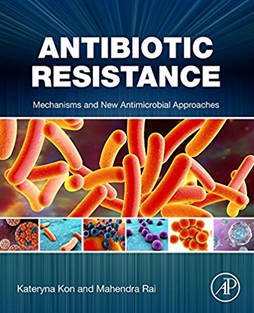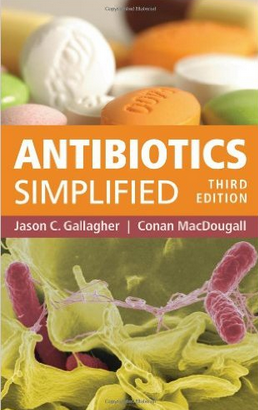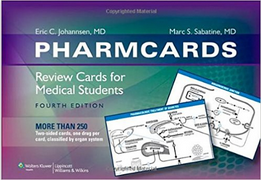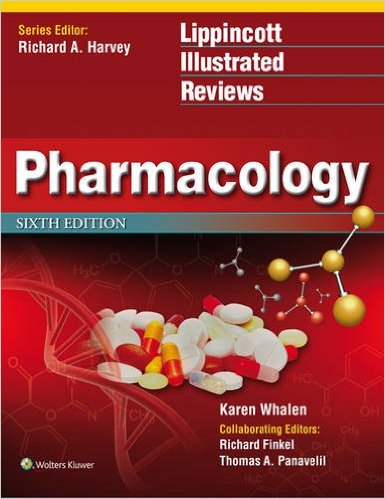Antibiotic Resistance: Mechanisms and New Antimicrobial Approaches discusses up-to-date knowledge in mechanisms of antibiotic resistance and all recent advances in fighting microbial resistance such as the applications of nanotechnology, plant products, bacteriophages, marine products, algae, insect-derived products, and other alternative methods that can be applied to fight bacterial infections.
Understanding fundamental mechanisms of antibiotic resistance is a key step in the discovery of effective methods to cope with resistance. This book also discusses methods used to fight antibiotic-resistant infection based on a deep understanding of the mechanisms involved in the development of the resistance.
- Discusses methods used to fight antibiotic-resistant infection based on a deep understanding of mechanisms involved in the development of the resistance
- Provides information on modern methods used to fight antibiotic resistance
- Covers a wide range of alternative methods to fight bacterial resistance, offering the most complete information available
- Discusses both newly emerging trends and traditionally applied methods to fight antibiotic resistant infections in light of recent scientific developments
- Offers the most up-to-date information in fighting antibiotic resistance
- Includes involvement of contributors all across the world, presenting questions of interest to readers of both developed and developing countries





